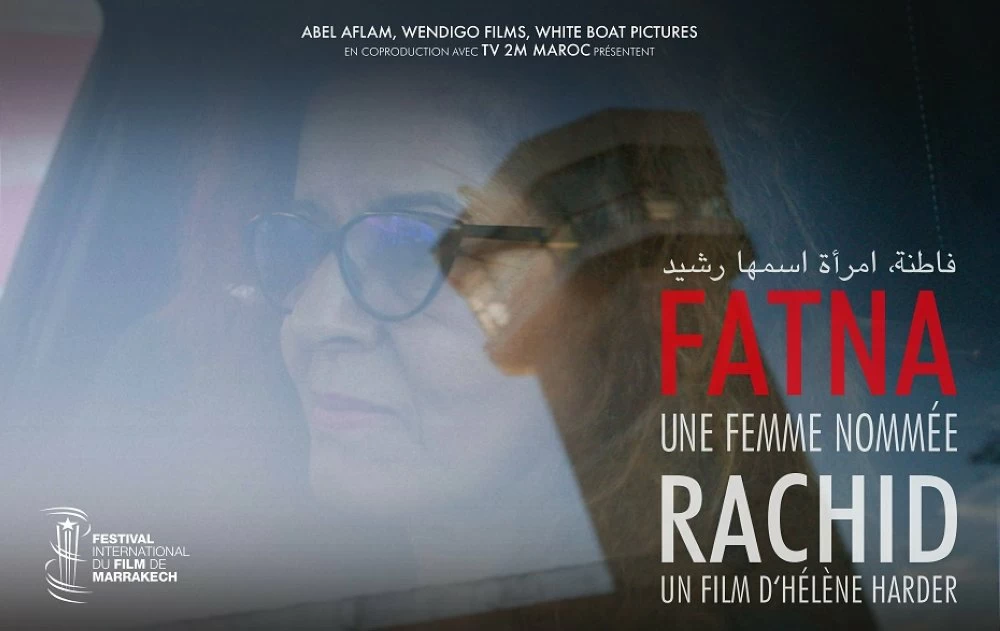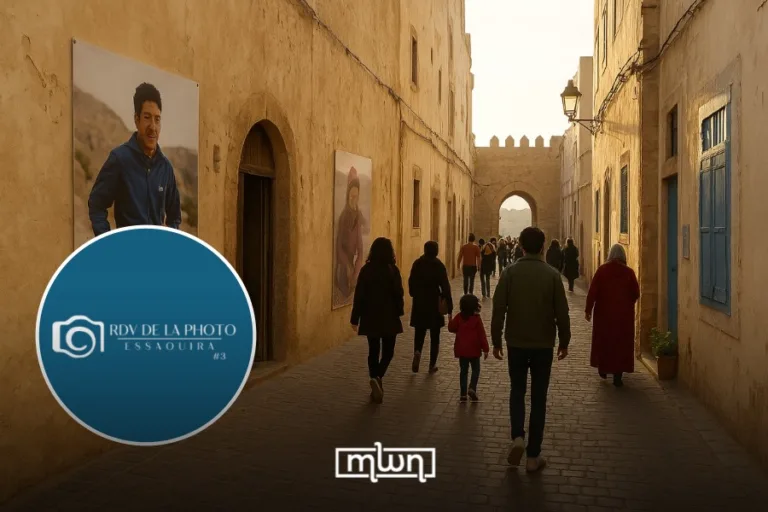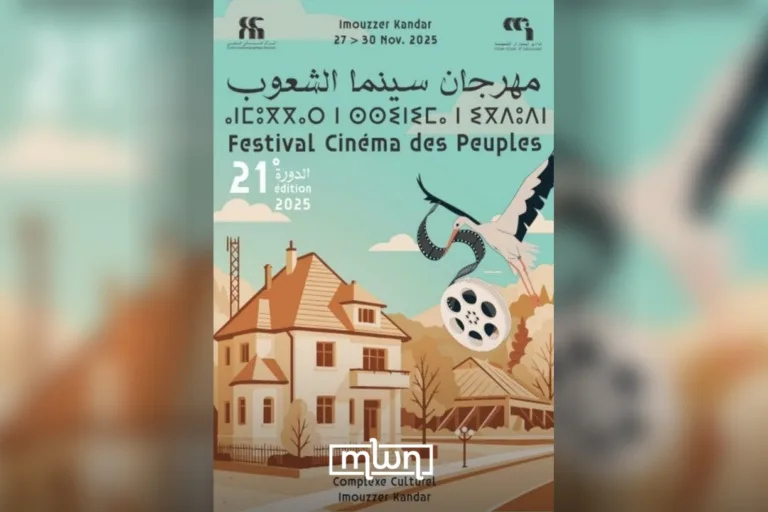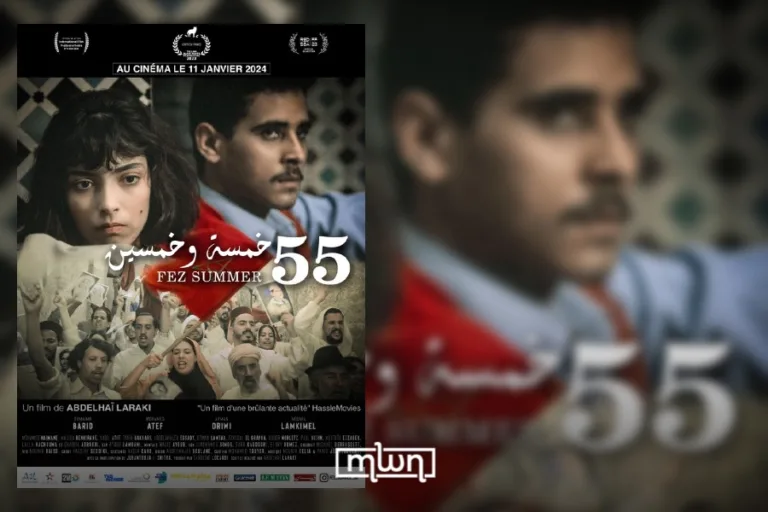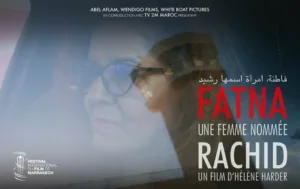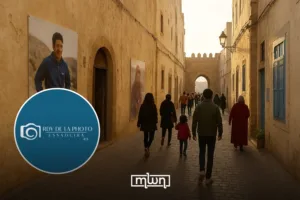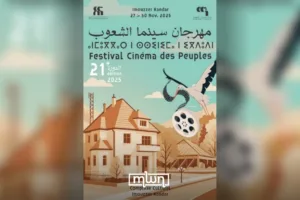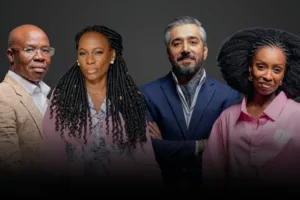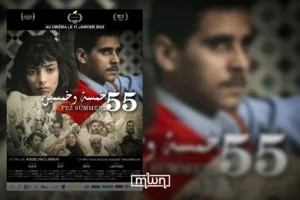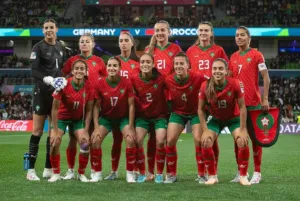Fez — Morocco’s Festival International du Film de Marrakech (FIFM) will host the world premiere of “Fatna, une femme nommée Rachid” (“Fatna, a Woman Named Rachid”), a feature documentary that traces the life and work of writer and activist Fatna El Bouih.
Written and directed by French filmmaker Hélène Harder, the film is programmed in “Horizons” and will be shown on Wednesday, December 3, at 6:30 p.m. at the Palais des Congrès.
The title echoes El Bouih’s memoir “Une femme nommée Rachid” (Éditions Le Fennec), which recounts her imprisonment as a young student and her later engagement for justice and equality.
A life between memory and action
“Fatna, a Woman Named Rachid” follows its protagonist through the streets of Casablanca and into the spaces where she works: community centers, classrooms, and women’s associations. The narrative moves between past and present to show how a twenty-one-year-old detainee became a public voice for dignity, women’s rights, and education.
Now in her late sixties, El Bouih mentors younger activists, supports former prisoners, and collaborates on cultural programs that link cinema to rehabilitation. One thread follows her efforts to bring films and discussions to minors at Oukacha prison, reframing access to culture as a tool for self-expression and healing.
Harder’s camera stays close to daily gestures and conversations, then pauses to let memory surface. The approach avoids a single defining chapter. Instead it sketches a continuum of resilience.
El Bouih’s testimony grounds each scene, whether she revisits a university corridor from the 1970s or prepares a screening for teenagers who have never seen their own stories reflected on a large screen. The result is a portrait of a woman who turned survival into public service.
Archives that speak to the present
The film’s visual backbone is a trove of restored Moroccan footage from the 1960s and 1970s, complemented by contemporary sequences in and around Casablanca.
These historical materials – preserved with the support of national institutions including the Cinémathèque marocaine – situate El Bouih’s youth within a wider social and political landscape. Classroom marches, newspapers, and family photographs become touchstones that echo in present-day voiceover.
Harder says the structure is designed to make time feel porous. “We follow Fatna through Casablanca while the past rises to meet her,” the director explains. “Her voice and the restored images let us feel how a dream of change persists despite repression.”
By pairing intimate close-ups with public records, the film shows how private memory becomes collective history. It also marks the importance of preserving women’s voices in national archives.
Feminist memory for new generations
The documentary positions El Bouih’s work within a broader Moroccan conversation about rights, education, and civic responsibility. Scenes of workshops with young women and dialogues with former detainees underline a simple point.
Memory is not an endpoint. It is a tool to build the future. The film suggests that passing on lived experience can help younger audiences name what they face and imagine what they want.
The title phrase “A Woman Named Rachid” hints at the double bind that many women navigated as students and organizers.
It recalls the coded or protective identities that sometimes shield them, while recognizing the agency and wit they used to move through male-dominated spaces. In this sense, the film is both an individual portrait and a quiet chorus.
It honors peers who are not present on screen but whose lives intersected with El Bouih’s during and after the Years of Lead.
From Marrakech to Brussels
After its world premiere in Marrakech, “Fatna, a Woman Named Rachid” will travel to Brussels for its European premiere. The film is scheduled to close Cinemamed on December 5, positioning El Bouih’s story before a wider Mediterranean audience.
The two festival dates reflect the film’s dual ambition. It is firmly rooted in Moroccan experience, and it speaks to universal questions about power, accountability, and public memory.
For Marrakech audiences, the screening offers more than a historical recap. It is a chance to listen to a witness who chose to remain present in civic life. It is also a reminder that the preservation of images and the care of testimony are shared responsibilities.
By bringing restored archives into dialogue with today’s Casablanca, Harder and El Bouih invite viewers to consider what must be remembered, and how that memory can serve those who come next.

